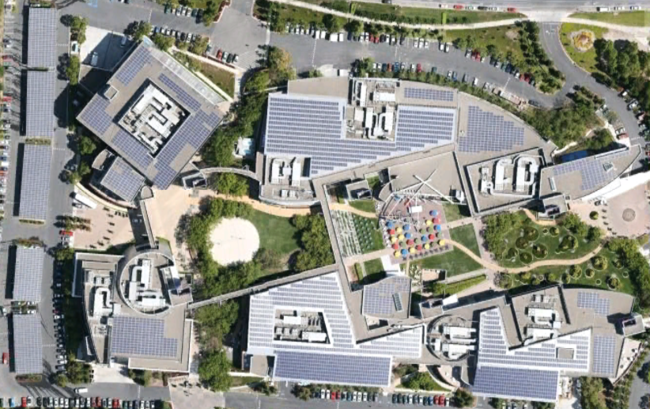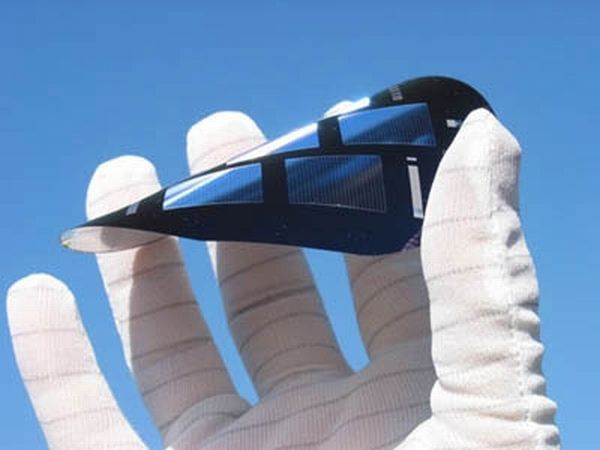
Why we are asking this now?
Solar energy does not require any introduction as a potential source of renewable energy. Sunlight is plenty through out the year in tropical and subtropical regions. And these regions consist all most 50 percent of total land mass in the world. So, if solar energy is harnessed efficiently along these areas, energy generation would become lot greener in future.
However, today’s solar technology has too many problems starting from capturing sunlight to storage and distribution of generated electricity. For power generation, generally, two types of technologies are used – photovoltaic and solar thermal type. And both the technologies are expensive to install. Photovoltaic cells are made of expensive silicon compounds while the thermal type system requires huge parabolic structures to concentrate heat.
Huge set up costs are making solar power several time costlier than coal burnt electricity. As per California Energy Commission (CEC), standardized electricity cost or LCOE (Levelized Cost of Electricity) of coal-burnt power is $0.08; the same for natural gas burnt power is $0.06, while photovoltaic solar power costs $0.15. If this extra cost is imposed on the end-users then definitely nobody would have any interest. So, to make solar power attractive, there has to be a strong impetus in its favor.
Is it really that serious?
With available technology, non-polluting and never-ending sunlight might look an expensive option for electricity generation but future is not looking all dark. And the reasons behind the optimism are ongoing technical innovation, absence of recurring expense on fuel and long life cycle of solar power plants.
As per the scientists, crystalline silicon, the major component of photovoltaic cells, is becoming cheaper due to scalability of production process and use of more efficient production technologies.
Once a solar power plant is set up, you don’t need to spend money in buying fuel. And as the solar panels are static and sturdy, maintenance costs are also very negligible. So, solar plants, unlike coal, natural gas or petroleum power plants, do not require recurring generation cost. This makes the technology cheaper to operate. Revenue from the sale of electricity can be fully utilized to recover capital invested.
Solar panels last for decades without loosing much of the efficiency. This feature allows investors to earn profit on investment for longer period after the breakeven is achieved.
Cumulatively, these features could work as incentive for adopting solar energy as replacement of conventional practices.
What others are saying:
Long term cost benefit of solar power has many proponents. Mark M. Little, the global research director of GE Electric Co., is one of them. According to Mr. Little, solar energy can potentially suppress nuclear and fossil fuels based electricity in terms of cost within coming three to five years. And major reason behind this optimism is continuous innovations happening in the sector. Bloomberg news agency also reported about 21% fall in component costs of solar power. As per the news agency, solar electricity is now matching the cost of fossil fuel based electricity in many parts of the developed countries.
The developments:
Among the recent developments in the field of solar energy, US Department of Energy has undertaken a project for building Solar Energy Research Center or SERC. Under the project a new research center would be developed to undertake researches on inexpensive nano-scale sunlight capturing cells. The center would be set up in central part of Lawrence Berkeley National Laboratory.
To generate solar power in utility scale, large area of land is required. To facilitate this requirement, Bureau of Land Management (BLM) under US Department of Interior is working on a constructive plan for facilitating large solar plants in coming days. For this purpose, both of BLM and Department of Energy are working together.
The main hurdles:
After this lengthy discussion if you are convinced that days of fossil fuels are gone then you have to think twice. Depending on the technology, fuel and production type, you would find 3 types of power generators world wide:
1. Base load type
2. Load following type
3. Peak load type
Base load supporting generators are basically coal and nuclear type. They run without disruption for days and provide a steady level of electricity. However, consumption pattern of electricity does not move in a straight horizontal line. It increases several times in a day and to support that extra electricity requirement you require other two types of generators.
Among them, last type is the quickest to respond in case of sudden surge in demand and also the most inefficient in terms of cost. Mainly natural gas and diesel generators are used for this purpose. It has been found that, solar energy could become substitute to these type generators. Rising fuel prices and emission norms are prompting use of solar power in this field.
However, even with cost benefit, solar power won’t be replacing coal and nuclear energy in base load segment because of technical huddles. Base load generators work continuously and are stopped only for maintenances. When operational, these generators deliver steady flow of electricity. Solar generators may not match this quality as they are prone to seasonal disruptions following the changing intensity of sunlight. So, with existing technology, we cannot afford dismantling of coal-fed generators in coming days.
Given this fact, we can at least try to achieve better mix of renewable energy in near future. With optimal exploitation of solar resource, emission from energy sector could be pushed down to more tolerable and sustainable level.




